BEST DOG SHOCK COLLARS FOR LARGE DOGS (2024)
The correct BEST DOG SHOCK COLLARS equipment can make all the difference when training a large dog breed, which has its own set of challenges. The best dog shock collars for large dogs are going to be discussed in this post. These collars offer a balance of safety and effective training for your beloved dog
How do I use the best shock collars for large dogs safely?
Detailed planning and execution are required for the safe use of the best dog shock collars for large dogs. If you own a large dog, here’s how to gently use a dog shock collar on them:
- Choose the right collar: Pay careful attention to your dog to figure out his or her reaction when training. If you see any signs of distress, make the required changes or remove it completely.
- Consult with a professional: Before using a shock collar on your dog, consult a doctor or an experienced dog trainer to ensure that it is the proper training device.
- Understand the settings: Get to know the collar’s controls, such as the options for constant interest, tone, and vibration. Use the lowest level first, and only turn it up if you need to.
- Training Sessions: Keep an eye on your dog during training to see how he or she reacts. If they show any signs of distress, make the required changes or avoid use.
- Fit Matters: Shock collars should fit tightly but comfortably; this is an important factor. Make sure that it still fits properly at regular times, but more so when your dog changes in size.
- Avoid continuous stimulation: To avoid overcorrection, it is best to use brief stimulation instead of continuous shocks. When your dog starts to obey your command, let go of the button.
- Monitor Your Dog’s Reaction: Pay close attention to your dog’s reaction during training. If they show signs of distress, adjust the settings or discontinue use.
- Take Breaks: Give your dog breaks between training sessions to avoid overusing the shock collar.
Use the collar as part of a broader training approach, incorporating play and positive interactions. - Remove the collar when not in use: Take the Collar Off When Not in Use To free your dog of any stress or pain, take the shock collar off when training is not happening.
- Regular Checkups: See your vet routinely to check on your dog’s health and treat any issues that might come up from wearing a collar. To make sure your dog is safe, you should only use shock collars when used with other training methods. The most important thing while training your dog is to build up the link between you two.
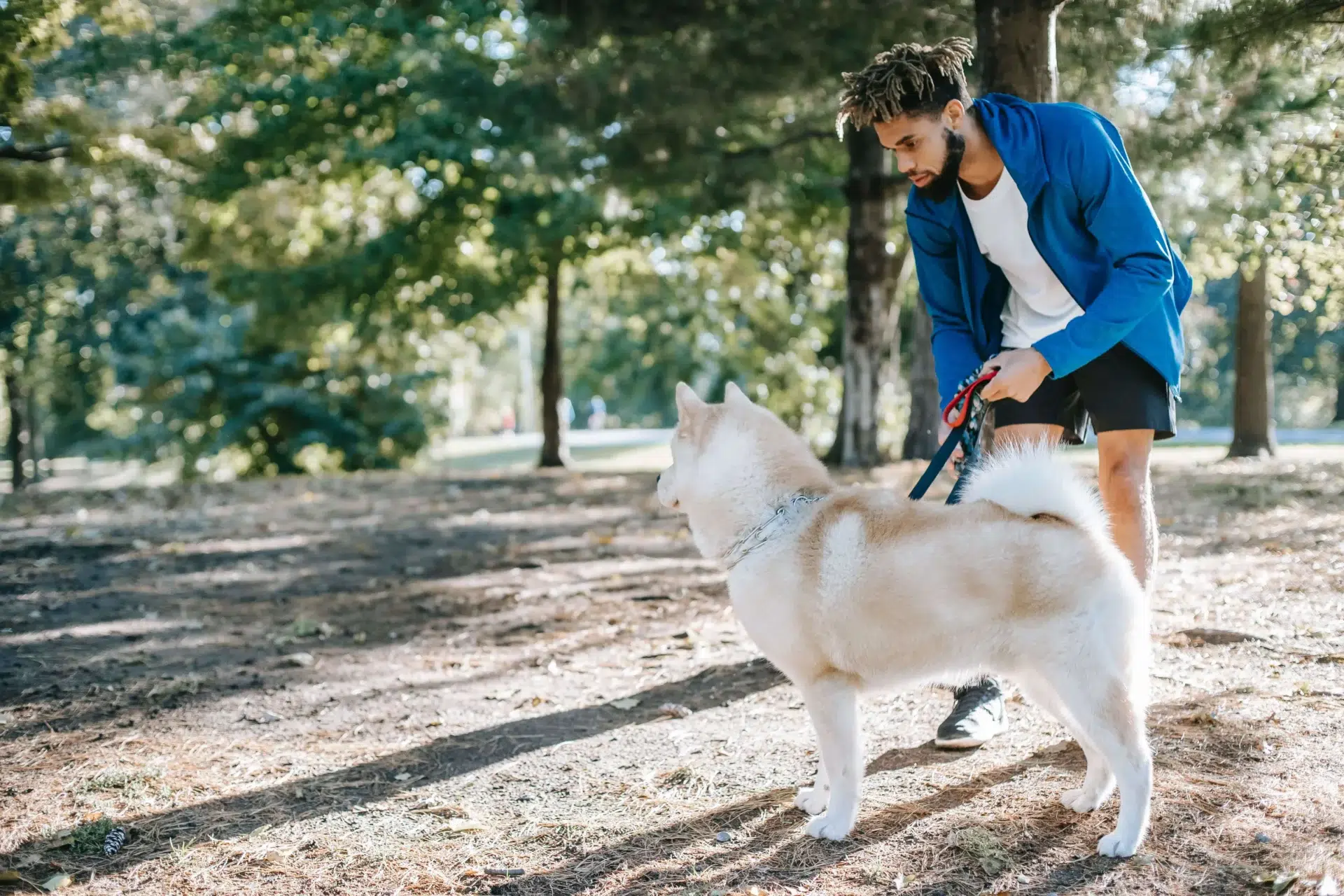
BEST DOG SHOCK COLLARS FOR LARGE DOGS (2024)
How often should I use the best dog shock collars for large dogs?
Carefully analyze your dog’s health and safety before deciding how often to use a shock collar on a large dog, as this decision depends on many factors. Consider the following suggestions:
Training Sessions
- Use the shock collar for short, focused training sessions.
- To avoid stress or overload, keep sessions to 10–15 minutes.
Consistency is essential
- Use the shock collar consistently during training sessions to enforce commands.
- Consistency allows your dog to connect the collar with specific behaviors.
Intermittent Use
- Use the shock collar on an as-needed basis rather than as a continuous type of correction.
- Apply the pressure shortly, and then release your dog as soon as he responds properly.
Avoid Excessive Use
- Do not use the shock collar more than once in a single day.
- Overuse can cause your dog to become insensitive or stressed.
Monitor Your Dog’s Response
- Keep a tight eye on your dog’s reaction during and after training sessions.
- Adjust the frequency or intensity of collar use if you observe signs of stress or discomfort.
Adjust to Your Dog’s Needs
- Consider your dog’s attitude and receptivity to training.
- Some dogs may benefit from more regular sessions, while others may benefit from less frequent use.
Use as a Supplement
- Consider using the shock collar in addition to other training methods.
- For a well-rounded approach, add play, walks, and positive interactions into your dog’s routine.
Regular Breaks
- Take regular breaks from training to allow your dog to relax and learn what they’ve learned.
- A well-balanced strategy helps to avoid training fatigue.
Consult a Professional
- Consult an animal behaviour psychologist or expert dog trainer for help creating an individual training program.
- Based on your dog’s specific needs, they can advise you on the best frequency.
How do I adjust the intensity of the best dog shock collars for large dogs?
Improving your large dog’s safety is as simple as adjusting the setting on the best dog shock collars for large dogs. For a helpful and ethical approach, here is a step-by-step guide:
Choose the right shock collar
The first step is choosing a shock collar specifically designed for large dogs. Find trusted brands that value safety and use gentle training techniques. Discovering the ideal shock collar for the dog you love might be helped by reading reviews and getting advice from experts.
Read the user manual
Read the instructions that came with the shock collar carefully. To use the device properly and safely, follow the instructions that come with it, as they include how to change the intensity levels.
Finding the intensity Control
The shock collar should have an intensity control button. You may usually adjust the collar’s settings by turning a dial or pressing a button. Make sure you’re familiar with these controls before you try to change anything
Start at the lowest level
Begin your workout by selecting the lowest intensity level. By taking things easy, you can see how your dog reacts without worrying about hurting him. Keep a careful eye on their actions to see if the lowest level successfully controls undesirable behaviors.
Keep an eye on your dog
When you activate the BEST DOG SHOCK COLLARS, watch your dog closely to see how he reacts. See if the behavior you’re trying to change goes away and keep an eye out for signs of pain or anxiety. It may not be necessary to make any more changes if you get a good result at a lower intensity level.
Gradual Increase if Necessary
If the low setting doesn’t cut it, you can always increase the intensity one level at a time. Keep an eye on your dog at all times; when the reaction seems obvious but not scary, stop. Establishing an initial, suitable intensity for training is the objective.
Feedback-Based Adjustment
Check-in on your dog’s progress regularly to see whether the intensity is too high. It might not be necessary to raise the amount any further if your dog reacts positively. Reduce the intensity right away if you feel any kind of pain or tension.
Consult an expert
If you are unsure about how to help your dog adjust or are worried about their health, it is best to consult a doctor or dog trainer. By consulting with them, you can get helpful advice and ensure the shock collar is properly used.
FAQs
Q: How do I determine the right size for a shock collar for my large dog?
A: For large dogs, it’s best to have a collar with an adjustable strap, so measure the length of your dog’s neck.
Q: Are there collars with adjustable intensity levels for large dogs?
A: Yes, many collars include adjustable shock levels for adjusting the sensitivity of large dogs.
Q: Is it important for the shock collar to be waterproof for large dogs?
A: Yes, a waterproof collar ensures durability, especially for active large breeds who may come into contact with water while participating in outdoor activities.
Q: What range of shock collars should I look for when teaching large dogs?
A: Choose collars with a significant range, often greater than 500 yards, to ensure effective communication during training sessions.
Q: Are there any safety features in shock collars for large dogs to prevent overstimulation?
A: Many collars offer safety features such as automated shut-off to prevent excessive or extended stimulation.
Q: How important is battery life when choosing a shock collar for large dogs?
A: Longer battery life is essential for regular training, so look for collars that can be used for a longer period on a single charge.
Q: Do large dog shock collars have different training modes?
A: Yes, look for collars with multiple training modes such as vibration, tone, and various levels of stimulation for versatility.
Q: Are there shock collars that are easy to use for large dog owners with minimal training experience?
A: Yes, choose a collar with simple interfaces and clear directions, especially for first-time users.
Q: Where can I get trustworthy information about the best shock collars for large dogs?
A: Read customer reviews and testimonials to learn about other large dog owners’ real-life experiences and advice.


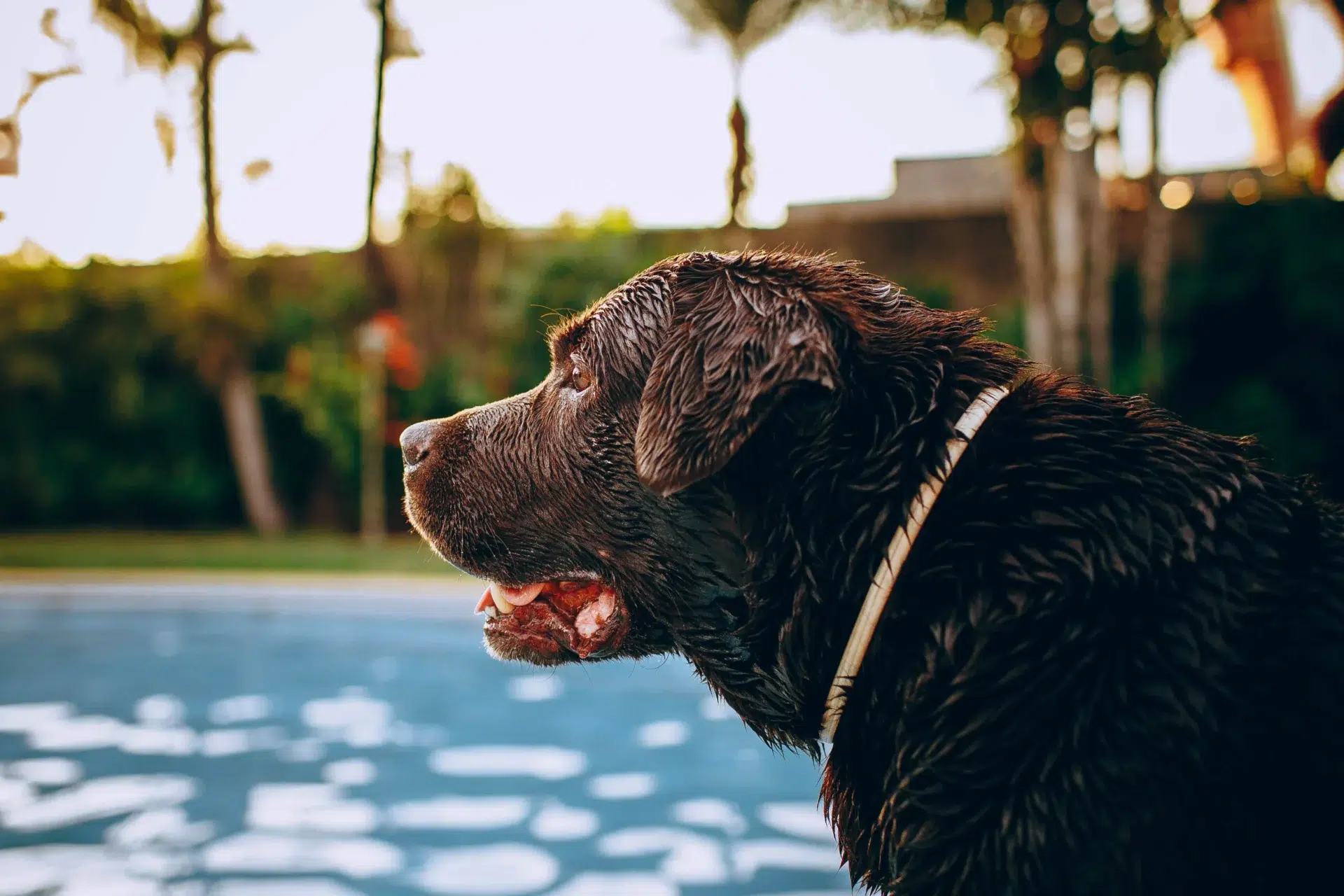
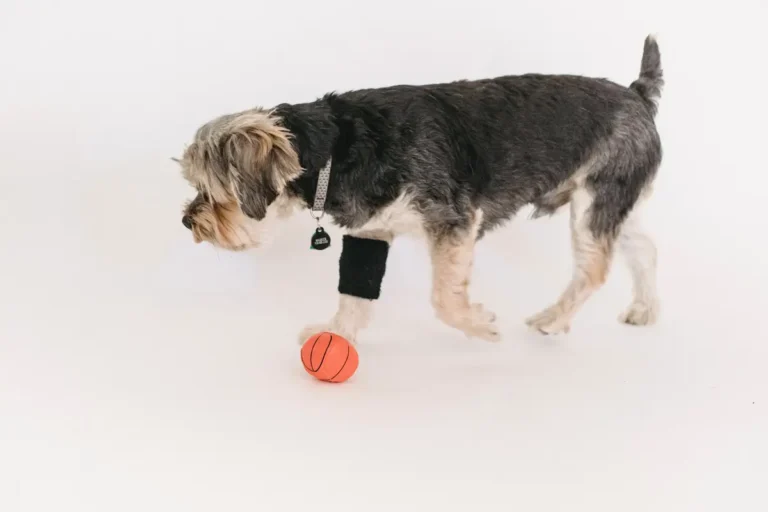
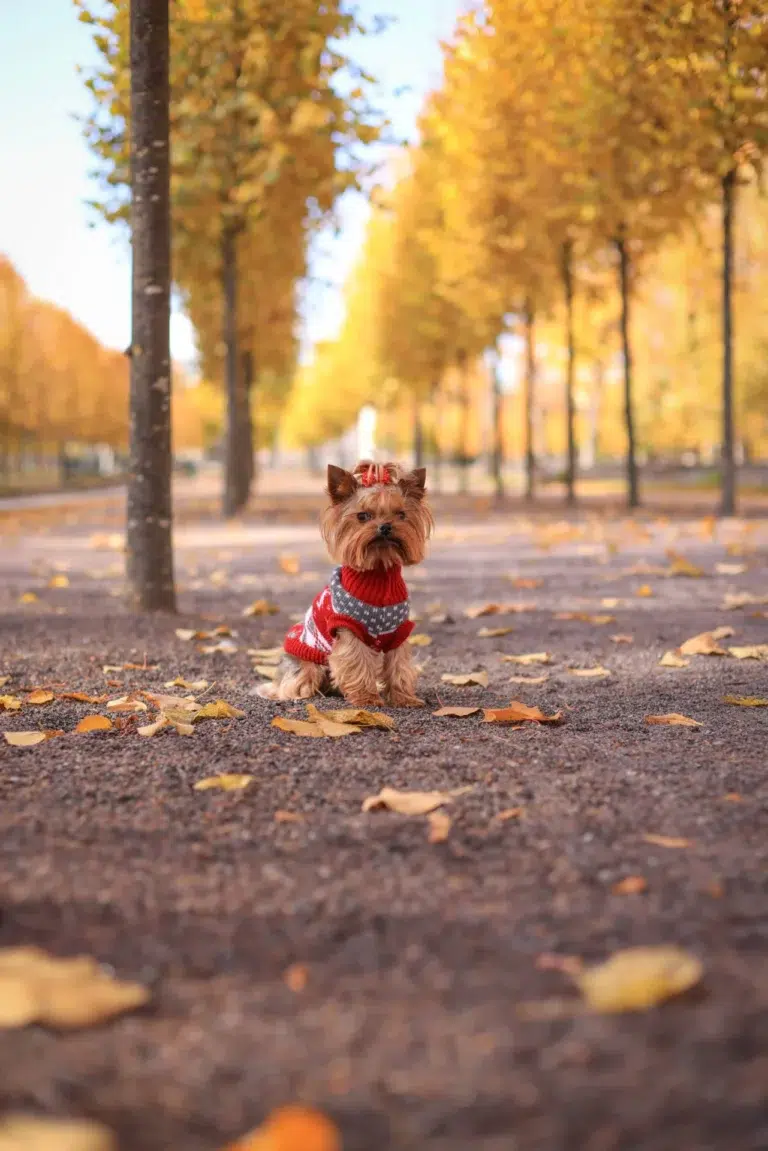



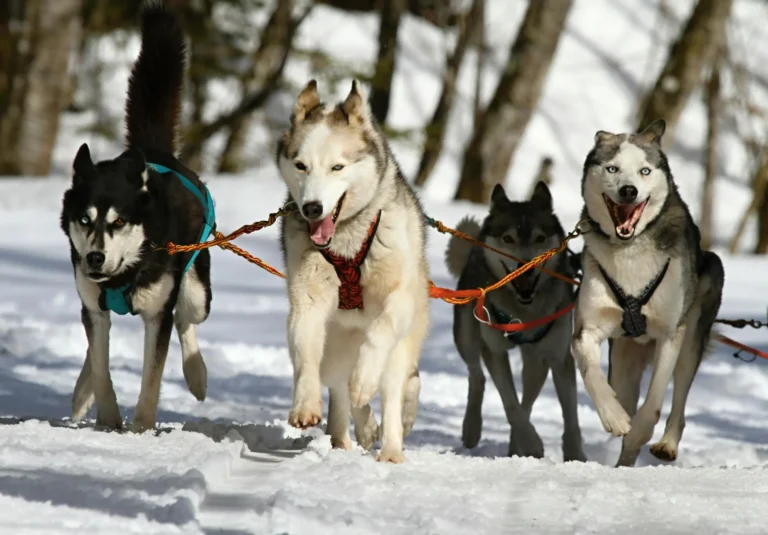
One Comment